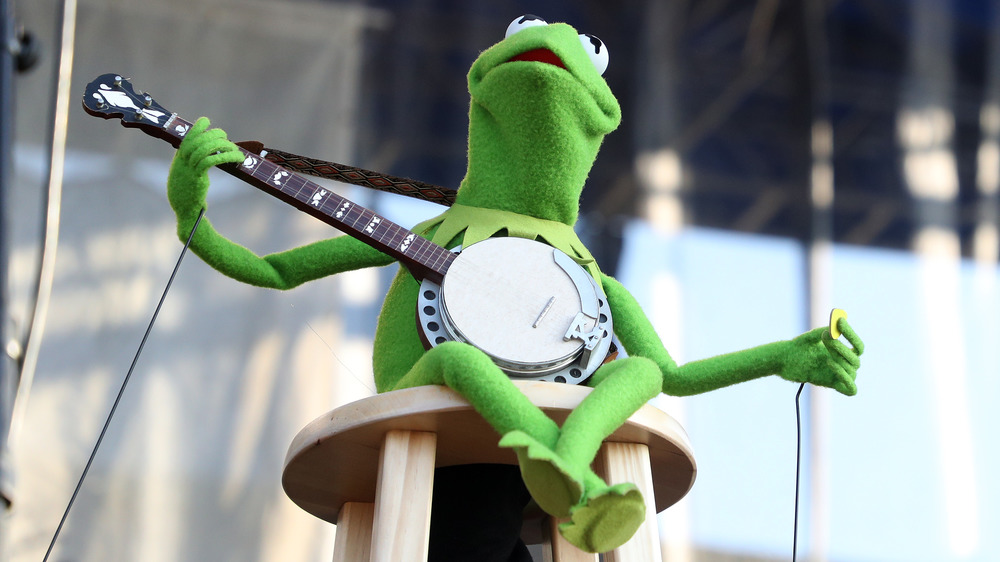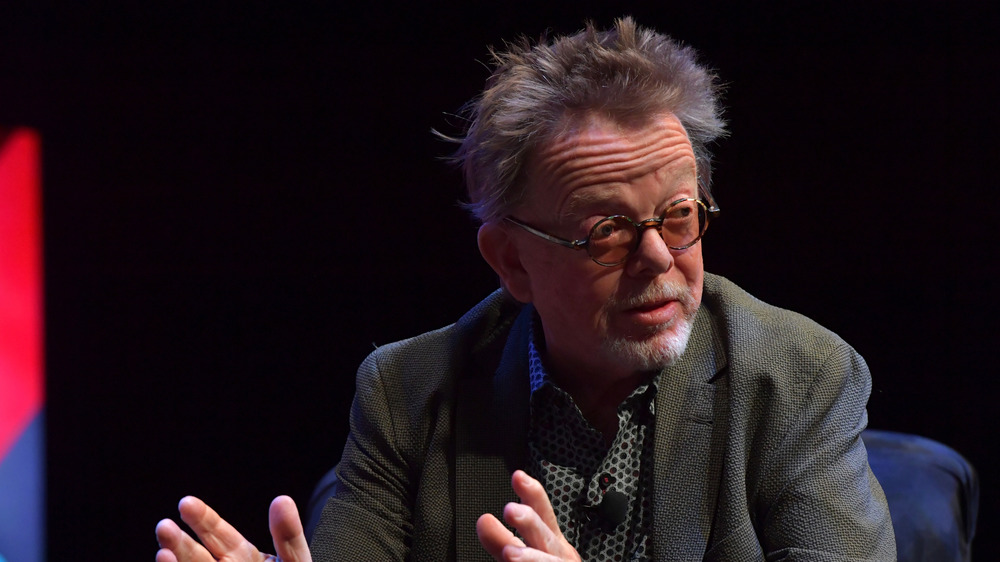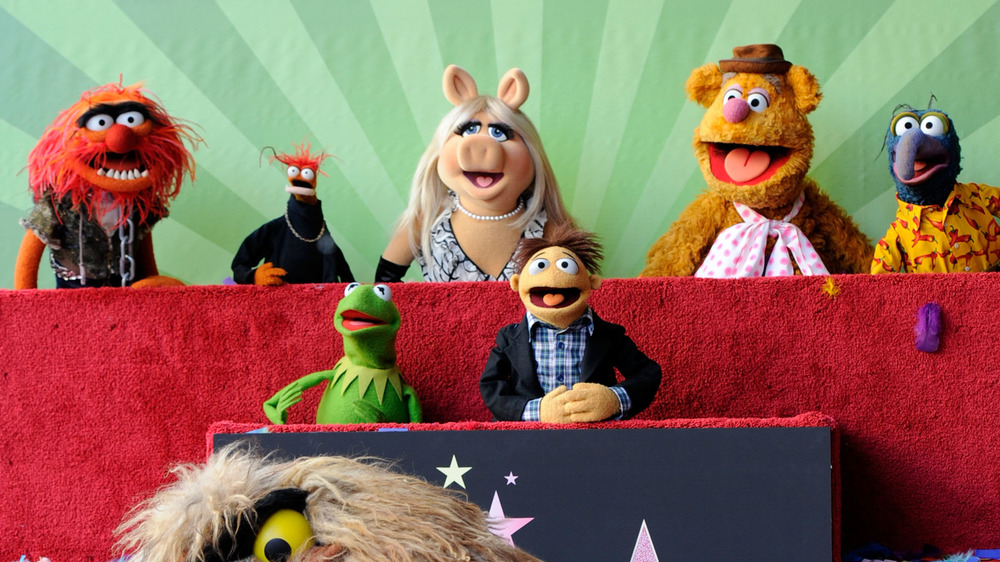The Real Meaning Behind The Muppets' Rainbow Connection
Life as a grownup can sometimes be a drag. There's work and bills and the car that's constantly breaking down. It gets hectic and overwhelming, and every now and then you find yourself looking in the mirror wondering what it's all for. But there's a song that has the power to cut right through the noise, slow things down, and remind us that there is more to life than the rat race of our overloaded schedules. And it's sung by a frog. The next time you're stressed out, put on "The Rainbow Connection" by Kermit the Frog, and you'll see just how quickly those first few chords that amphibian plucks on the banjo can calm you down.
The song opens the 1979 film The Muppet Movie, which traces Kermit's journey from the swamp to the spotlight. In it, we find inspiration to realize our dreams that previously seemed too big for us to grasp. If a simple, banjo-plucking frog can bring a ragtag group of oddballs to the heights of showbiz, there's no excuse for any of us to leave our biggest hopes and aspirations unaccomplished on the roadside. The song compels us to listen to those voices inside us — like those that call the sailor to the sea — and to follow them as far as they'll take us, to places where our dreams aren't illusory, but real, tangible possibilities.
The story of how The Muppets' Rainbow Connection was written
"The Rainbow Connection" was written by Grammy and Oscar-winning songwriter Paul Williams (pictured above), who has composed music for the Carpenters, Barbara Streisand, and Three Dog Night, among other classic performers. But his greatest hit was undoubtedly the opening tune for The Muppet Movie. According to Vanity Fair, he and co-writer Kenny Ascher found their inspiration for the song in another classic tune from the silver screen. "The model we used was 'When You Wish Upon a Star,' which opened Disney's Pinocchio," said Williams. "This is Kermit's 'I am' song. This song will show that Kermit has an inner life, a spiritual life." They also pulled some inspiration from "Somewhere Over the Rainbow," from The Wizard of Oz, but the main idea was to write a song as defining for the studio as "When You Wish Upon a Star" was for Disney.
Williams said that working for Jim Henson was basically a creative person's dream. The Muppets creator put all his trust in his songwriters, giving them complete artistic freedom to produce a truly heartfelt song that would touch people's lives, not just be a commercial success. "One of my treasured memories is walking to the car with Jim after the [initial] meeting," Williams said. "I said, 'Jim, as we're working on the songs, I'll make sure you hear them to make sure we're headed in the right direction.' He said, 'Paul, that's not necessary, I'll hear them in the studio.' I went, 'Wow...what trust.'"
The Rainbow Connection songwriters almost wrote the opposite of what they meant to convey
Williams told Vanity Fair that after writing the iconic first lines of "The Rainbow Connection," he and Ascher looked at what they'd come up with and feared they had written the complete opposite of what they were trying to get across. Those lines sound great, but they lead the listener to think that there's nothing magical about what Kermit is singing: "Rainbows are visions / They're only illusions / And rainbows have nothing to hide." But they gave it some thought and realized they were on the right track. Not believing in magic is exactly what the stuffy, grown-up, unimaginative world wants us to do. But Kermit has hope that they're ultimately wrong, he sings about it, then the movie goes on to show he's correct. "So we've been told, and some chose to believe it / I know they're wrong, wait and see. / Someday we'll find it, the rainbow connection / The lovers, the dreamers, and me."
For Williams, the song is about our ability to create the world we want to live in by believing in what we dream. "The things that is so human about the song, and spiritual at the same time, is that it honors the questions, not the answers," he said. "That moment made Kermit not the mentor, not the teacher, not the preacher. He became a seeker with the audience." It's a journey on which Kermit still accompanies us to this day.


